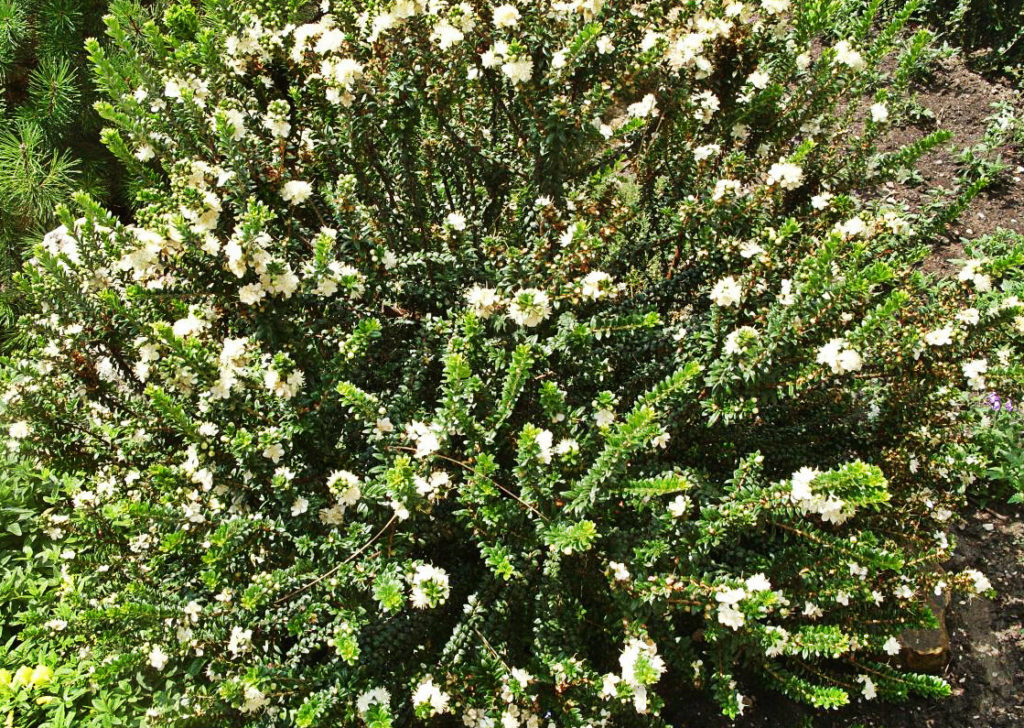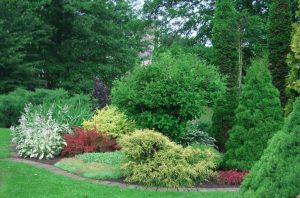Today, in all corners of the globe grows Myrtle (Myrtle) – a wonderful evergreen decorative-aromatic, medicinal plant. In Greek, the name of the genus is associated with the words flow, grow luxuriantly, balm.
Since ancient times, Myrtle has been mentioned in the Bible, herbalists, and legends of various peoples. According to one legend, Adam took with him a sprig of Myrtle from the Garden of Eden in memory of him. In ancient Egypt, women decorated their hair with lotus, pomegranate and myrtle flowers on holidays. In ancient Greek and Roman mythology, we find Myrtle as a plant dedicated to Aphrodite or Venus. It is Aphrodite (the goddess of beauty), Hymenaeus (the God of marriage) , and Erato (the Muse of Erotic Poetry) who are often given myrtle wreaths.
Myrtle branches and flowers have long been considered a symbol of youth and beauty. Wreaths of myrtle were worn by Jewish brides for good luck. Also interesting is the ancient custom in the Baltic world, according to which it was customary to plant Myrtle in a small pot on the daughter’s birthday. First his parents took care of him, then the girl herself. On her wedding day, she wore a myrtle wreath woven from the branches of her plant.

Myrtus Communis is an evergreen shrub up to 2-3 m (6.6-9.8 ft) tall with oblong-ovate or ovate-lanceolate dark green leaves. Blooms in June-July with white fragrant flowers. The fruit is a bluish-black, sometimes white berry, maturing in November-December. Decorative forms:
- ‘Microphylla’ – leaves up to 2 cm (0.8 in);
- ‘Variegata’ – leaves with white-cream border;
- there are forms with double flowers.

Myrtle is well formed, and it can be given any shape, but it grows slowly, begins to bloom and bear fruit from 4-5 years of age. Propagated by seeds, cuttings, layering, grafting.
If you look at the myrtle leaves in the light, you will see that they seem to be pierced by a needle. This translucent cavity is filled with a transparent essential oil, which, like the leaves themselves, is widely used in perfumes and medicine. Even the ancient Egyptians crushed the leaves and added them to wine to treat fevers and intestinal infections. In the XIX century. Myrtle began to be used for the treatment of urogenital diseases and hemorrhoids, varicose veins.
Myrtle essential oil is used for the treatment of bronchopulmonary diseases, especially bronchitis, pneumonia; as a strong bactericidal agent – in the treatment of tuberculosis, urogenital infections.







